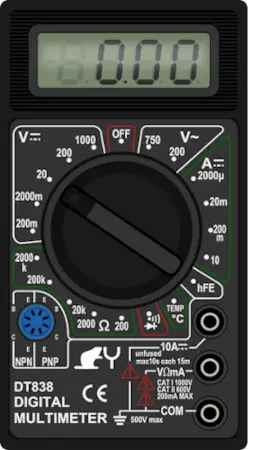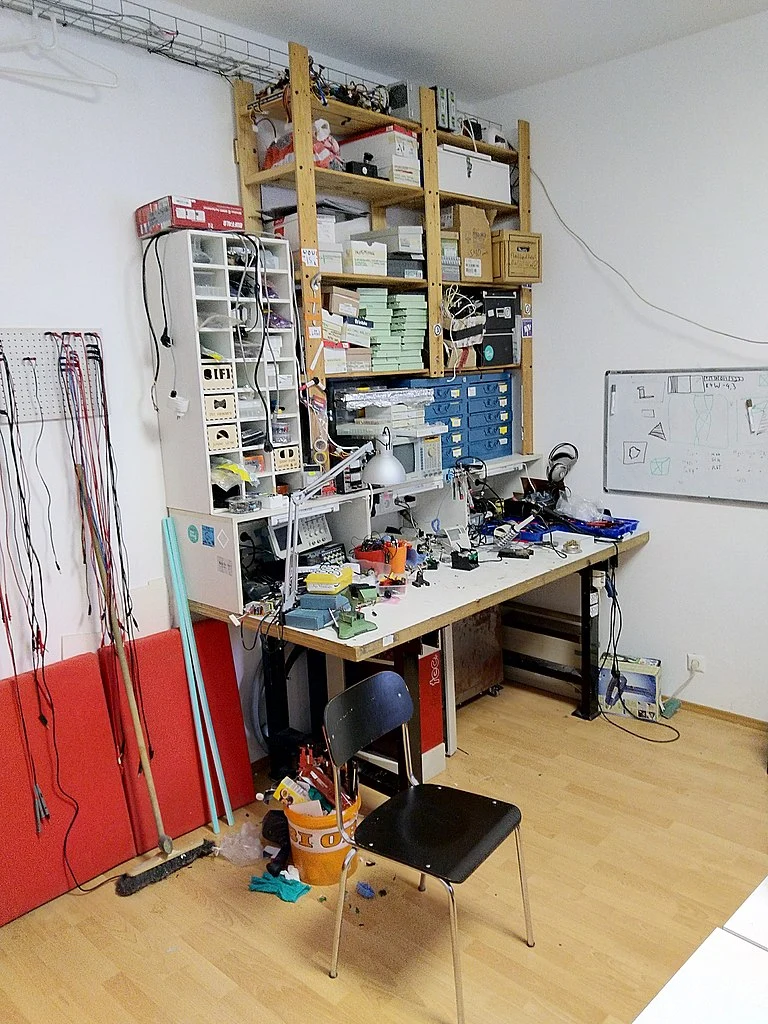Workshop Creation
Focus
The focus here is to provide a general-purpose workshop that is capable of supporting projects in metal, wood, plastic, and electronics. This workshop aims to empower makers with the tools and space needed to bring their ideas to life.
The Makerspace, Hackerspace, or Fab-Lab is part of a new industrial revolution that empowers craftsmen with the means of production. While large-scale production remains under the domain of big organizations, small-scale and short-term production has become crucial in modern business models, enhancing the production capabilities of individual craftsmen.
SUMMARY#
Makerspaces are innovative environments where individuals can explore, create, and learn through hands-on projects. This guide outlines how to set up a functional and versatile workshop, whether on a budget or within a communal space, ensuring safety and efficiency in tool use and project execution.
CONTENT (IN PROGRESS)#

- Constructing a budget workshop for under $100 with up-cycled items.
- Developing larger-scale workshops for educational or community use.
- Safety guides for tool usage.
- Essential and desirable tools for starting your makerspace.
- Tips for upcycling parts and stocking essential components.
- Organizing your workspace and workflow for maximum efficiency.
- Techniques for working with copper and designing PCBs.
- Additional resources and guides for a wide range of projects.
PERSONAL WORKSHOP#

BUDGET WORKSHOP ON A DESKTOP#
- Hand Tools: Essential tools such as pliers, screwdrivers, and wire strippers.
- Bench Drill: Options for second-hand or new units.
- Dremel or Equivalent: For precise cutting and sanding.
- Hot Glue Gun & Soldering Station: For assembling and electronic soldering.
- Arduino & Solder-less Breadboard: For electronic prototyping.
- Components and Tools: An inventory of parts, nuts, bolts, and specialized tools like a styrene foam cutter.
- Measuring and Testing Equipment: Multimeters, power supply, and magnification tools for detailed work.
CONCLUSION#
Setting up a makerspace is an exciting venture that opens up endless possibilities for creativity and innovation. Whether you're planning a personal workshop or a community makerspace, the key to success lies in selecting the right tools, organizing your space efficiently, and fostering a safe and supportive environment for making. With careful planning and execution, your makerspace can become a hub of learning, creativity, and innovation.